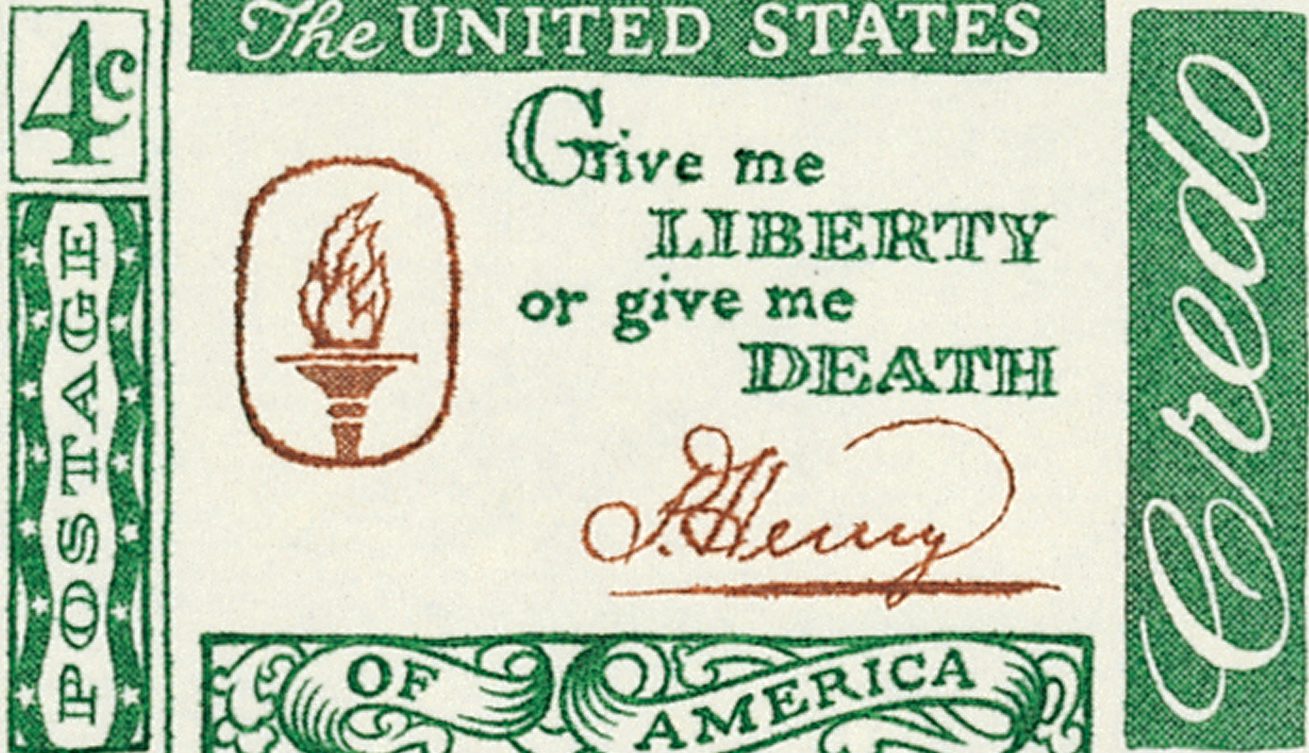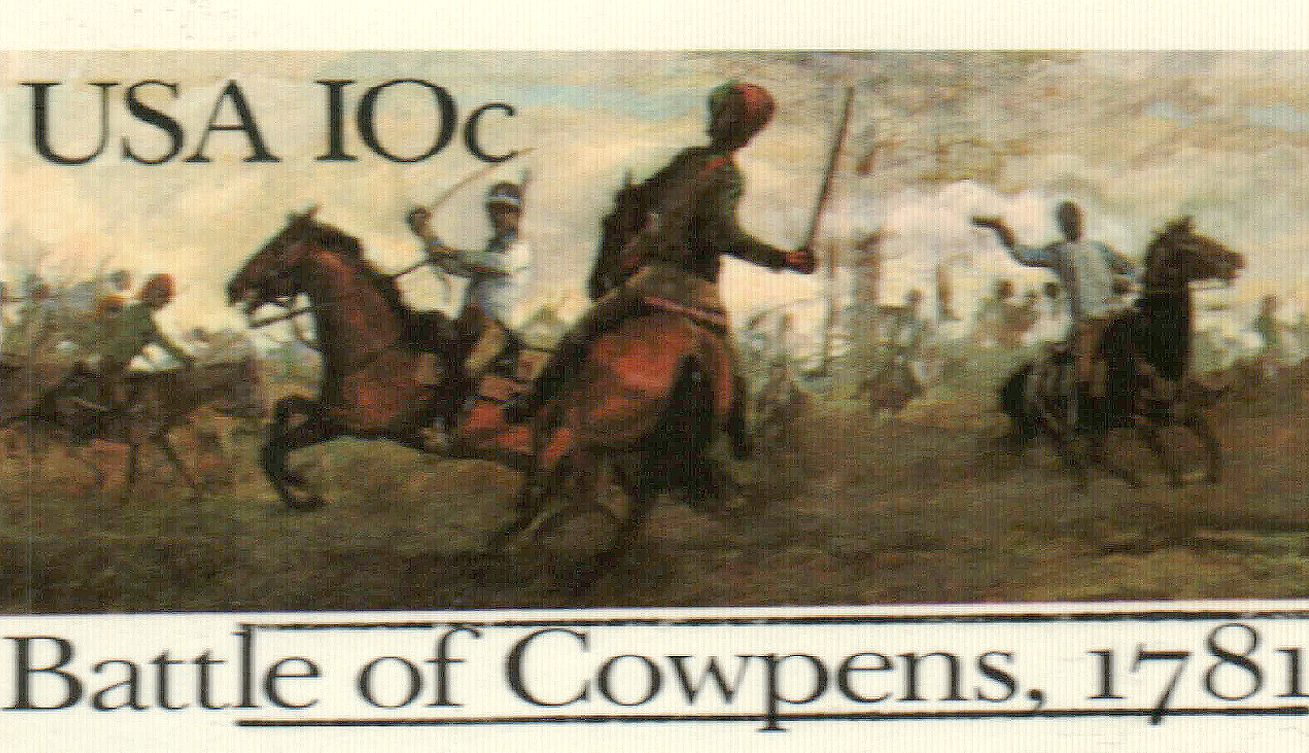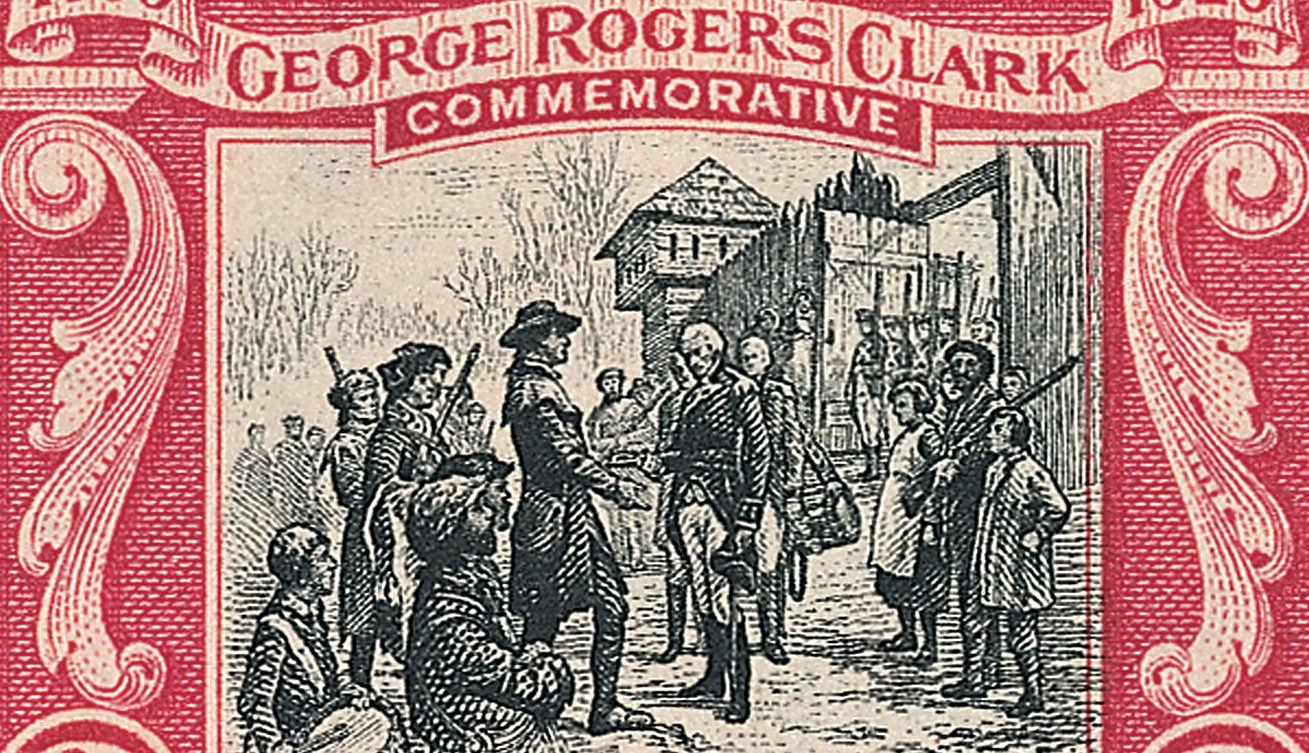The Flag Act of 1818
On April 4, 1818, President James Monroe signed a flag act that changed the way the US flag was updated when new states joined the Union. This act has affected every US flag issued since…

On April 4, 1818, President James Monroe signed a flag act that changed the way the US flag was updated when new states joined the Union. This act has affected every US flag issued since…

On March 23, 1775, Patrick Henry addressed the Second Virginia Convention to convince them to raise a militia. During his rousing speech, he delivered one of his most famous statements…

On March 18, 1766, British Parliament repealed the Stamp Act. Passed a year earlier, the act had placed a direct tax on the colonies for the first time, leading to widespread boycotts.

On February 6, 1778, Delegates of King Louis XVI of France and the Second Continental Congress signed a Treaty of Alliance, promising military support to each other. French aid and manpower contributed to America’s ultimate victory in the Revolution.

On January 17, 1781, the Continental Army fought the British near Cowpens, South Carolina. They used the only double envelopment of the war to claim an important victory in what’s considered the turning point in the battle for South Carolina.

Italian physician, merchant, horticulturalist and close friend of President Thomas Jefferson, Philip Mazzei was born on December 25, 1730, in Poggio a Caiano (Prato) in Tuscany.

On November 25, 1783, the British Army left New York City following the American Revolutionary War. The date was celebrated for over a century as Evacuation Day, with celebrations rivaling those held on the Fourth of July.

On November 19, 1752, George Rogers Clark was born in Albemarle County, Virginia. A hero of the American Revolution, he’s most famous for his captures of Kaskaskia, Vincennes, and Fort Sackville.

On October 30, 1629, the Carolina Province was named, and plans were made for early settlement. That settlement would be delayed for many years, but the name was retained.